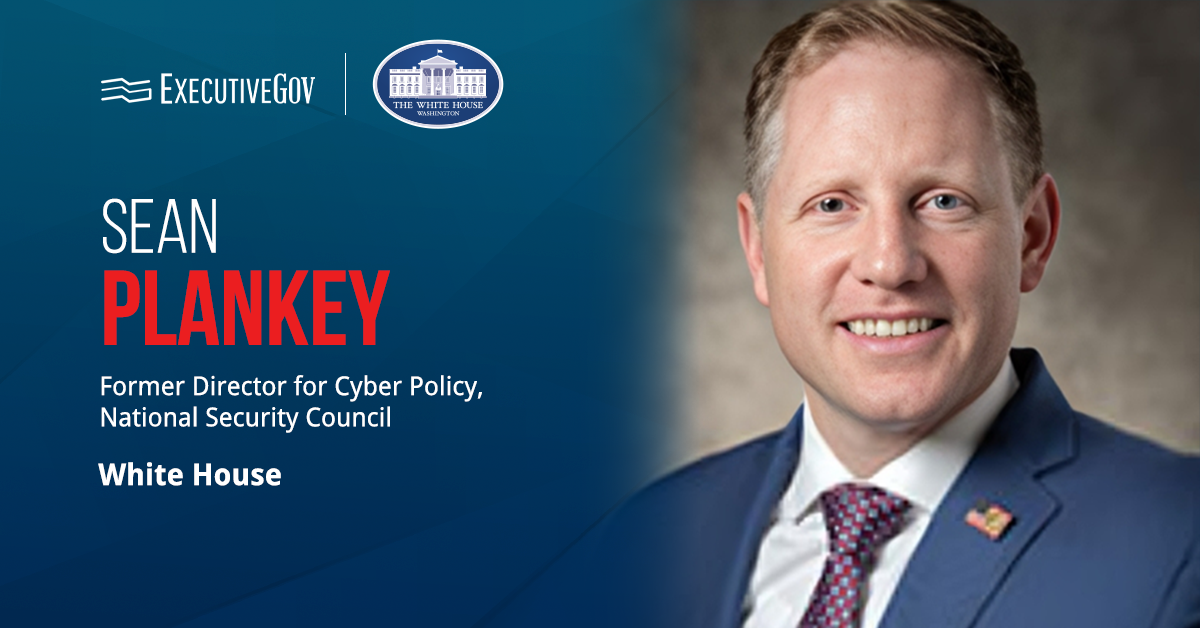The Space Development Agency has announced it is revising its procurement strategy for the Proliferated Warfighter Space Architecture, SpaceNews reported Wednesday.
The agency, which is building a constellation or mesh network of hundreds of military satellites, came upon the decision after the results of the initial deployments and feedback from the Government Accountability Office.
Table of Contents
Takeaways from Initial Deployment
After the agency launched 27 satellites in 2024 as part of Tranche 0, government auditors from GAO criticized the deployment of the first batch without fully testing laser communication technologies.
According to Gurpartap Sandhoo, a senior advisor at SDA, the main issue with Tranche 0 was the difficulty of integrating satellites from different vendors while ensuring interoperability. The satellites were manufactured for SDA by L3Harris, Lockheed Martin, Northrop Grumman, Rocket Lab, Sierra Space and York Space Systems.
Making Adjustments for Future Tranches
SDA now plans to conduct more tests before proceeding with the next phase of the project, which involves the deployment of around 150 satellites in late summer. The agency will also require manufacturers to conduct on-orbit testing before receiving the satellites. Before this, SDA performed the tests and integration of the satellites. Furthermore, the agency intends to hire a contractor to serve as an external integrator for Tranche 3. This dedicated integrator is tasked with making sure all satellites from different manufacturers are compatible from the start.











